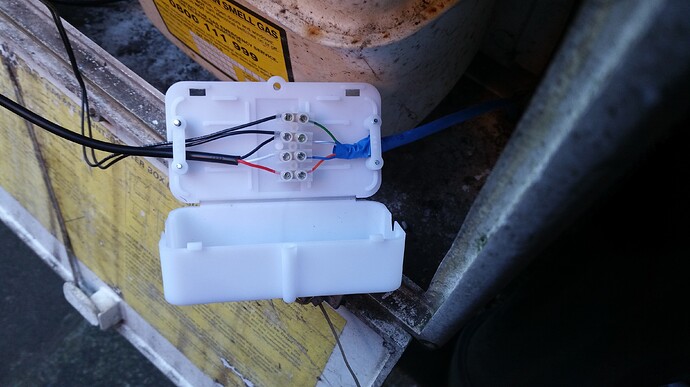Hi Brian
I’ve only just got my setup running, so I’m still working out the quirks in the system. I’m using a single emonPi for all measurements and I’m using this reed switch - https://uk.rs-online.com/web/p/sensor-switch-magnets/7659337/
I’ve connected it along with a temp sensor via some cat5 cable and the RJ45 sensor socket - it uses pins 5&6, here’s a pic:
A couple of things to note when using cat5 - there’s two ways if wiring the cable (T568A or B) so just need to be careful which strands are connected to which pin and also the RJ45 plug isn’t plug and play  you need to reboot the emonPi not just restart the Pi (I was pulling my hair out for a little while before I found that in the forums)
you need to reboot the emonPi not just restart the Pi (I was pulling my hair out for a little while before I found that in the forums)
The reed switch itself is blutacked onto the meter, I’m not sure how secure this is, but I’ll hot glue it if it falls off…
I’ll post more details later once I’ve figured out if it’s reading accurately
Moz

